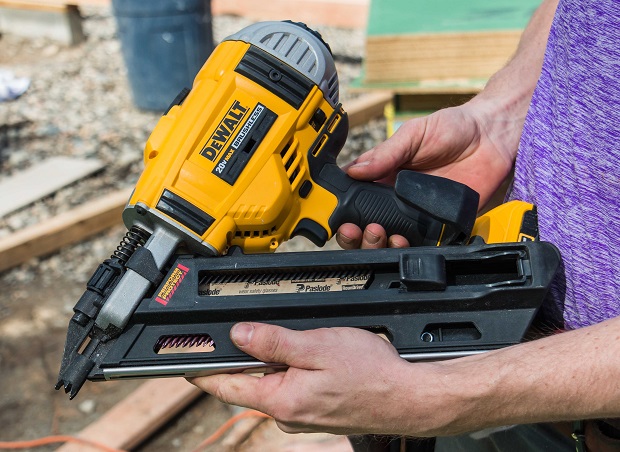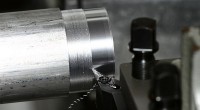Benefits of Nail Guns and Tips on How to Use Them Safely
Cordless tools have marked the start of a new era. One of the most commonly used power tools that many of us choose to use to affix items with is the nail gun. While its true cordless nature dates back to 1907, its efficiency in this portable form has been recognised by today’s advancements in battery technology. Invented in Robbinsdale, Minnesota, the nail driving tool was powered by a plunger that you would need to engage. Back in those days, batteries weren’t that much of a thing.
The early version of the nail gun was improved upon ever since and eventually, the first pneumatic version emerged in 1944. Bulk nailers, as they were known in the 50s, were still popular and went through a lot of changes during the 60s and 70s. Various models were made which eventually led to the invention of a battery-powered one in the 80s. Today, a lot of nail guns rely on the power of batteries and stapler-based mechanism. But what makes both types part of some of the most important home improvement tools?
Benefits of Using Nail Guns

Time-Saving
The first and most notable benefit of both pneumatic and battery nail guns is that they’re able to shoot nails fast and thus save you a lot of time. You would otherwise need to nail in every nail by hand which is a tedious task that not only takes time but a lot of effort too. Most people buy nail gun for themselves because it makes things easier and more convenient.
Accuracy
The accuracy of today’s nailers compared to the ones back in the day has vastly improved. Better accuracy also means a safer tool since the risk of something going wrong is reduced greatly. This also improves the efficiency of the tool and your workflow.
Safety
With all kinds of safety and preventative features, the cordless nail guns of today are truly the safest when it comes to driving nails. Hammers have no extra features and your finger is exposed to the hard cold metal every single time you thump a nail.
Power
The power at which you hit a nail with a hammer depends on your physical strength. The power of a nail gun can’t be matched and it is consistent with every nail it shoots. There’s nothing more satisfying than hearing a nail go through a piece of wood in one single trigger pull.
How to Use a Nail Gun Safely

Triggers
Using a nail gun properly means using it in a safe manner. The best way to start here is with triggers. There are two types of triggers – full sequential and contact trigger. The former is a safer one as it uses a mechanism where the nail gun only fires a nail when its controls are engaged in a certain order. This usually includes the contact tip being pushed back to the workpiece and then the user squeezing the trigger to shoot the nail. For a second nail to be shot, the safety tip and trigger must be released and activated. You cannot bump-fire nails with this type of trigger.
When you buy nail gun with a contact trigger, you won’t need to activate the tip and trigger in a particular order. You can drive a nail into a workpiece by activating the tip or the trigger first, whatever order suits you better. Remember though that when you keep squeezing the trigger, the nails will just keep coming.
Fastening Methods
There are two styles when it comes to fastening (nailing). Toe and through nailing. Toe nailing is the same as through nailing except it is used when you want to drive in a nail at the right angle. Thorough nailing is done by driving a nail perpendicularly to the face of the workpiece into another one. With toe-nailing, you must get the angle right as otherwise your workpiece can split and the tip of the nail will show through the backside of the workpiece.
Safety Precautions & Tips
For best safety practises in the workplace, one must employ the use of full sequential nail guns. Even if you’re using a nail gun for DIY projects, try to go with a full sequential nailer. This is especially important when you need to hold a workpiece in your hand in order to drive a nail through it.
If someone doesn’t have any experience using a nail gun, don’t allow them to use or hold the tool even if it’s switched off. They might turn it on accidentally and injure themselves or others if they were to engage the trigger and tip at the same time.
When using a nailer, wear appropriate clothing such as safety glasses, hearing protection and steel toe boots. The chances of a nail gun shooting a nail at you are low, especially with a full sequential nailer, but you can never go wrong protecting yourself even in DIY home projects.



